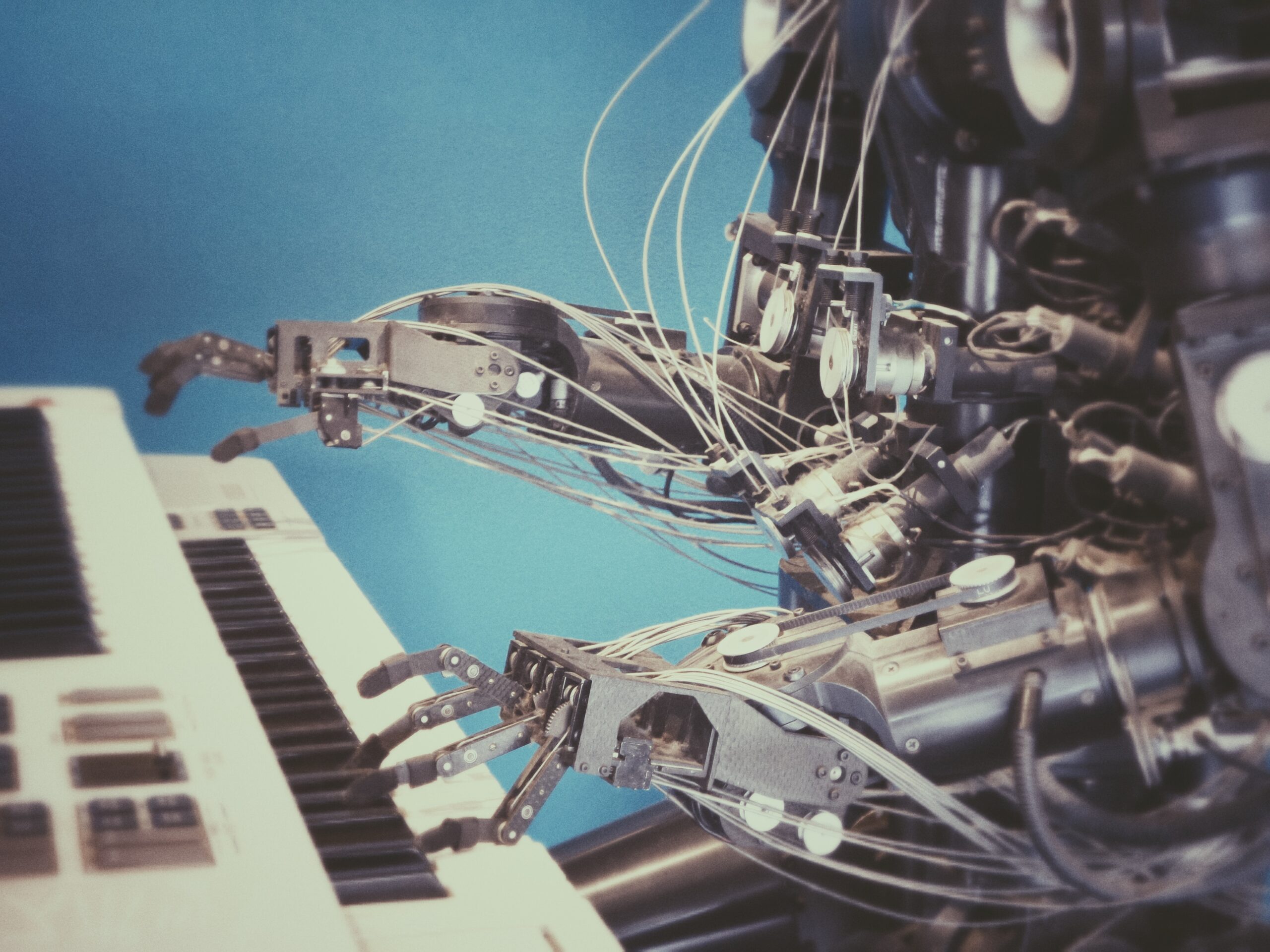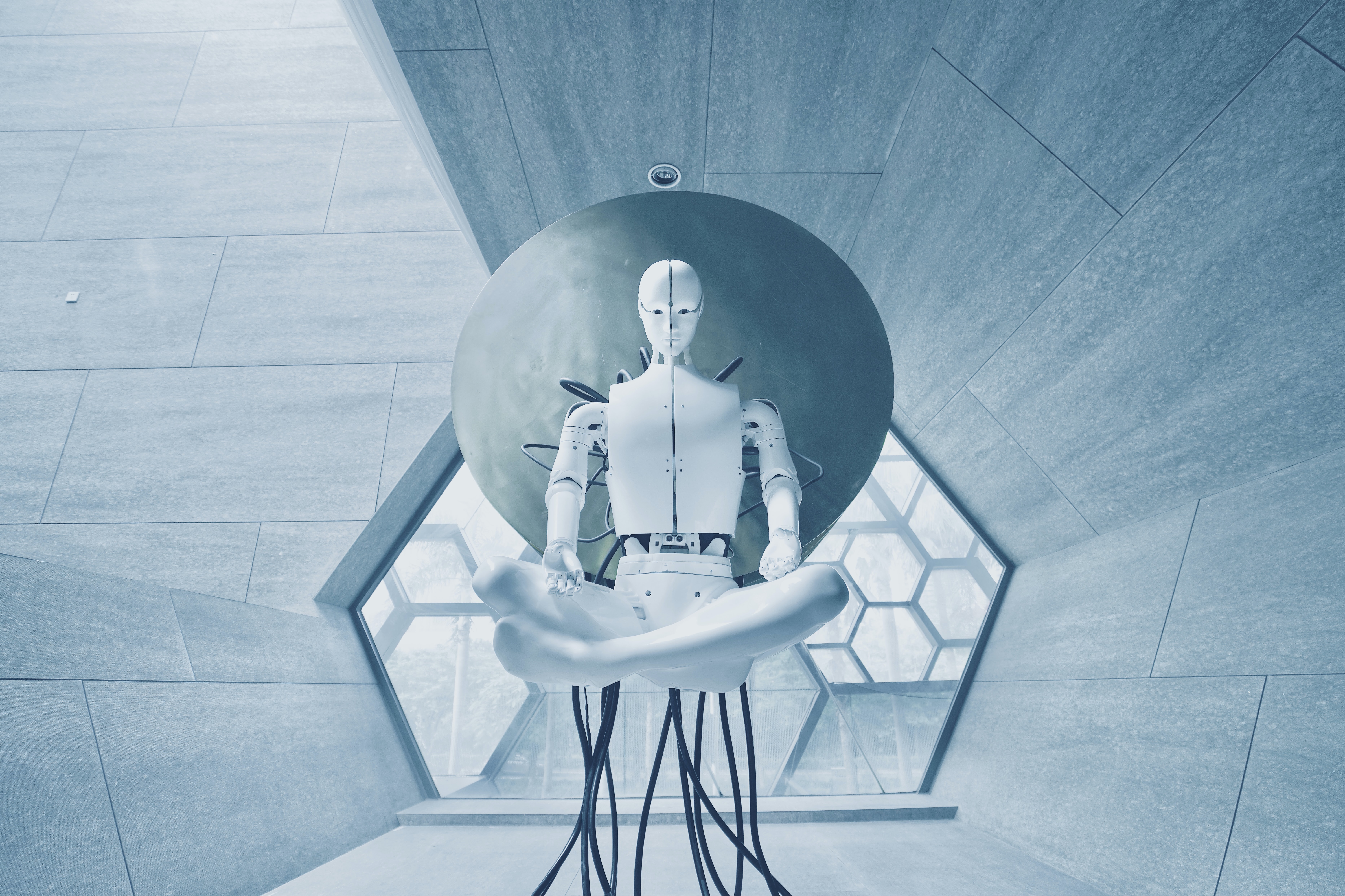Artificial intelligence (AI) is transforming the world as we know it, and with each passing day, it is becoming more advanced and sophisticated. This technology has the potential to automate many tasks and processes, making them faster, more efficient, and more accurate. However, with this transformation comes the fear that AI will replace many jobs, leaving a significant portion of the workforce unemployed. In this article, we will explore which jobs AI is most likely to replace and how humans can adapt to this changing landscape.
Jobs in manufacturing, retail, and transportation are among the most susceptible to being replaced by AI. For example, in the manufacturing industry, robots and automated systems can perform repetitive and dangerous tasks, reducing the need for human workers. In retail, AI-powered chatbots and customer service robots are becoming increasingly popular, reducing the need for customer service representatives. In the transportation industry, self-driving vehicles and drones are being developed and tested, potentially reducing the need for human drivers.
In the office, many administrative and clerical jobs are also at risk of being replaced by AI. For example, AI-powered virtual assistants and automated data entry systems can perform tasks such as scheduling appointments, sorting and organizing emails, and managing databases. Similarly, AI-powered legal and financial services, such as document review and analysis, are becoming increasingly popular, reducing the need for human workers in these industries.
While it is true that AI has the potential to replace many jobs, it is also important to note that it has the potential to create new jobs and opportunities. For example, the development and maintenance of AI systems and technologies require skilled professionals, such as data scientists, machine learning engineers, and software developers. Additionally, as AI becomes more advanced and integrated into our lives, new industries and markets are likely to emerge, creating new job opportunities.
So, how can humans adapt to this changing landscape? The key is to develop and maintain skills that are less susceptible to being replaced by AI. These skills include critical thinking, creativity, emotional intelligence, and communication. For example, jobs that require human interaction, such as teachers, therapists, and social workers, are less likely to be replaced by AI as they require empathy, emotional intelligence, and interpersonal skills. Additionally, jobs that require critical thinking, such as management, research, and strategy, are also less likely to be replaced as they require human intuition, judgment, and decision-making skills.
Another way to adapt is to embrace technology and acquire new skills. As AI continues to transform the workforce, it is becoming increasingly important for individuals to develop skills in areas such as data analysis, programming, and digital literacy. By acquiring these skills, individuals can remain competitive in the job market and ensure that they have a role in the future of work.
In conclusion, AI has the potential to replace many jobs, but it also has the potential to create new jobs and opportunities. To adapt to this changing landscape, individuals should focus on developing skills that are less susceptible to being replaced by AI, such as critical thinking, creativity, emotional intelligence, and communication. Additionally, individuals should embrace technology and acquire new skills in areas such as data analysis, programming, and digital literacy to remain competitive in the job market. The future of work is uncertain, but by preparing ourselves and being proactive, we can ensure that we are ready for the changes that lie ahead.



